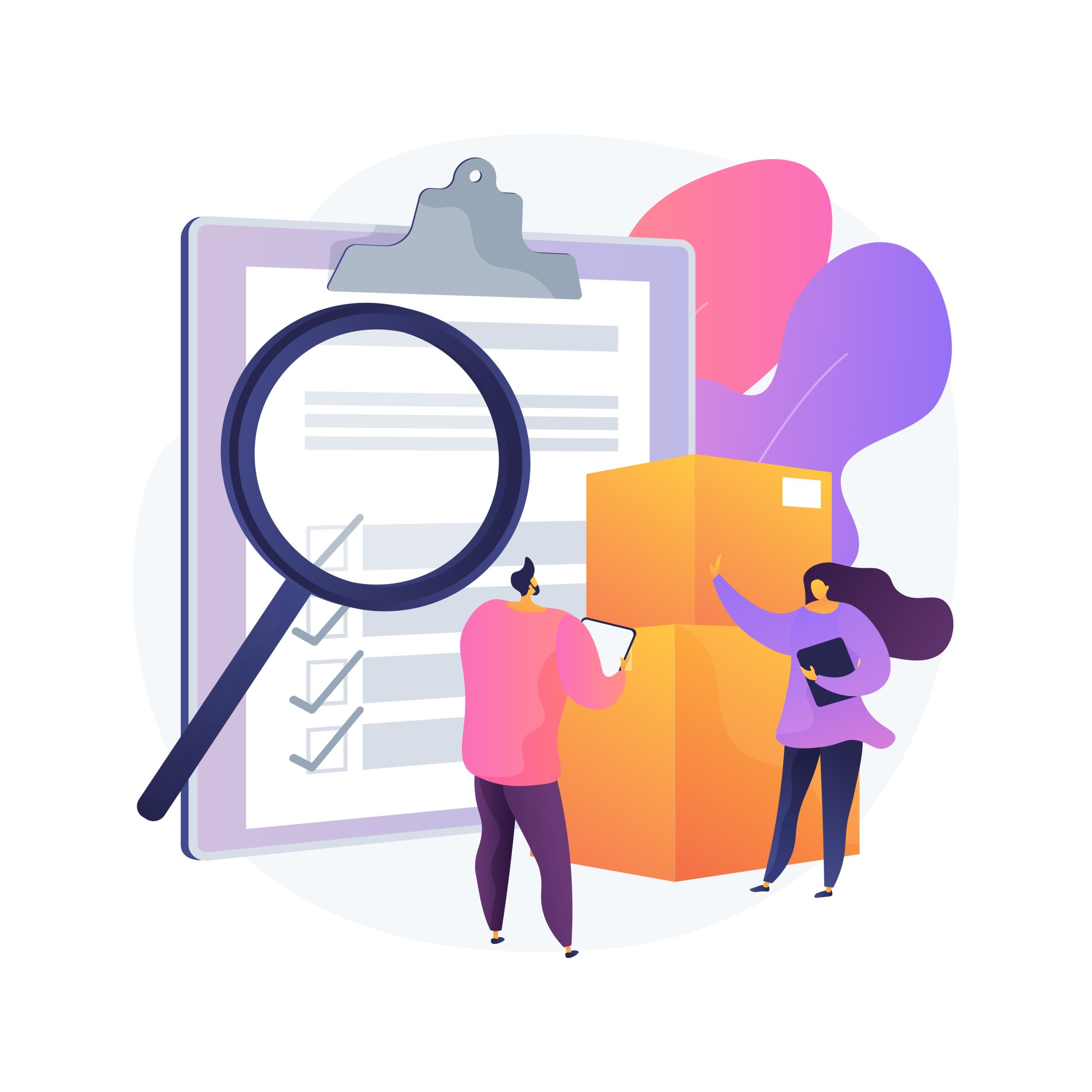It is not only about coding to create software that users love; first, it is about understanding users’ needs. Many companies proceed directly to the development phase without proper verification of their ideas, which results in expensive redesigns or even product failure. Product discovery helps mitigate these risks by validating ideas early, ensuring the solution aligns with user needs and market demands.
Table of Contents
But how do you do product discovery effectively?
This is where software product discovery services come in. They help organizations ensure that their development efforts are in line with the actual problems, needs in the market, and business objectives.
The product discovery phase involves applying a systematic approach to research, validation, and learning before writing a single line of code to ensure that the product being built is the right one.
In this article, we will explain:
- What product discovery is
- Why it’s important
- A typical product discovery framework that can help your software project get off to the right start
What Is Product Discovery?
In its simplest sense, product discovery is the process of identifying what should be built and why it should be built. It concentrates on:
- The verification of the users’ requirements
- The formulation of business objectives
- The assessment of the technical feasibility before the development begins
Why Product Discovery Matters
Skipping product discovery can lead to:
✅ Developing a product that does not address a specific problem
✅ Spending time and money on features that are not necessary
✅ Mismatched business objectives and user expectations
✅ Costly changes in direction or even product demise
Through the help of software product discovery services, businesses are certain that they are developing not only a product but the right product—one that is needed, useful, and feasible.
The Product Discovery Process: Key Stages
Product discovery process is a structured approach that enables the teams to validate their ideas before investing in the full-scale development. Here’s what it typically involves:
1. Defining the Problem
Every good product is based on correctly identifying the problem to be solved. This phase involves:
- Identifying pain points: What are the problems that users are facing?
- Gathering stakeholder input: Linking business objectives with customers’ requirements
- Defining success criteria: What does a successful solution look like?
2. Research & Validation
To make sure that you are addressing the right issue, it is important to collect data through:
- User interviews – Direct conversations with the potential users to determine their pain points.
- Surveys & feedback collection – Learn about the general user frustrations.
- Competitive analysis – Determine the market gaps and differences.
3. Ideation & Prototyping
When the research has proven the existence of the problem, the teams come up with different solutions:
- Low-fidelity wireframes – A way of representing the ideas in a simplified form.
- Clickable prototypes – A way to create simulated versions of the product to demonstrate user pathways.
- Story mapping – Describing the user’s path and sorting the features.
4. Testing & Iteration
This phase involves refining the concept by:
- Conducting usability testing – Watch as real users use the prototype in a real-world environment.
- Analyzing feedback – Discover where the usability is poor and where people might struggle.
- Refining the prototype based on the data collected from users.
5. Roadmap & Development Planning
When the idea is tested, the teams proceed with:
- Setting the product roadmap – Description of the features, milestones, and objectives.
- Choosing the right tech stack – Guaranteeing that the technology selected is suitable and that the application can be scaled in the future.
- Planning MVP development – Implementation of the essential functions to have a slim launch.
This way, teams can ensure that they are not spending their resources and time in the wrong places, are minimizing risks, and are likely to create a product that actually meets the users’ needs.
Some of the product discovery techniques that can be used to enhance software development
Customer Interviews & Surveys
Getting first-hand data from real users helps to determine their issues, preferences, and unmet needs. Key approaches include:
- One-on-one interviews – Examining how users behave in detail.
- Online surveys – Quantitative findings from many participants in a short time.
- Focus groups – Discussing pain points with several users at once.
Competitor Benchmarking
Analyzing competitors helps to identify the potential in the market and avoid pitfalls. This includes:
- Feature analysis – Comparing the features of different competitors’ products.
- Pricing models – Learn how other companies position their products in the market.
- User sentiment analysis – A way of reading customers’ reviews to determine where there is room for improvement.
Prototyping & Wireframing
It is possible to create basic prototypes, which enable teams to create some sort of mock-up of the idea before development begins. Common approaches include:
- Sketches & wireframes – Simple drawings of the interface ideas.
- Clickable prototypes – The actual versions to ensure that the real user flows are replicated.
- User testing – Getting feedback before finalizing the design.
Data-Driven Decision Making
Using current data allows for confirming or disproving hypotheses. Sources include:
- Google Analytics – Learn about the behavior of the users on the current platforms.
- A/B testing – A comparison of two versions of a feature.
- Heatmaps – See where users are tapping on the user interface.
Design Thinking Approach
This methodology aims to solve complex problems through empathy and iteration. It involves:
- Empathizing – Understanding users’ characters and behavior.
- Defining – State the problem in a specific way.
- Ideating – Coming up with several solutions.
- Prototyping – A way of providing a visual representation of the ideas.
- Testing – Improvise solutions based on the real world feedback.
By applying these discovery techniques, teams can make informed decisions at different stages of the product development life cycle.
The Product Discovery Framework for Success
A product discovery framework helps to coordinate work and guarantees that nothing is overlooked. The most effective frameworks typically follow these key steps:
- Problem Identification – Understanding user needs and pain points.
- Research & Validation – Carry out market research, competitive analysis and user experience research.
- Solution Exploration – Developing and prototyping different approaches.
- Testing & Refinement – Act based on real-world feedback.
- Roadmap Planning – Defining goals and objectives and planning milestones and features.
With a defined framework, software teams know what to do, how to avoid pitfalls, and how to build a product that solves a real user problem.
Common Challenges in Product Discovery & How to Overcome Them
1. Assumption-Driven Development
❌ Mistake: Building based on assumptions rather than research
✅ Solution: Use data-driven validation and real user feedback
2. Lack of Stakeholder Alignment
❌ Mistake: Business and development teams having different priorities
✅ Solution: Daily communication and workshops for the alignment of the objectives
3. Scope Creep & Feature Overload
❌ Mistake: Trying to build everything at once
✅ Solution: Sort features using the MoSCoW method (Must-have, Should-have, Could-have, Won’t-have)
4. Ignoring Technical Feasibility
❌ Mistake: Overlooking development constraints
✅ Solution: Involve engineers early in the discovery phase
Final Thoughts: Why Product Discovery is Essential
The product discovery phase is the basis of the software development process. Organizations that follow the right product discovery process can avoid pitfalls, use resources effectively, and develop products that people really want.
So if you are ready to start your product discovery, first define your goals, talk to real users, and verify your ideas before moving on to the development stage.

Andrej Fedek is the creator and the one-person owner of two blogs: InterCool Studio and CareersMomentum. As an experienced marketer, he is driven by turning leads into customers with White Hat SEO techniques. Besides being a boss, he is a real team player with a great sense of equality.
